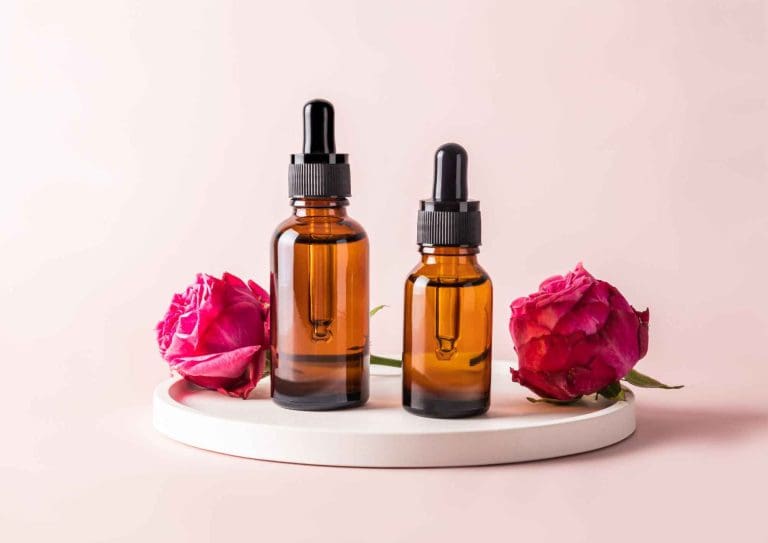
Introduction
Regarding skincare, hydration is a critical component for maintaining healthy, glowing skin. Many people struggle to understand the difference between hydrating serums and moisturizers, often wondering if they need both or if one can replace the other. While they may seem similar, these products serve distinct purposes in a skincare routine. Understanding their unique roles can help you make informed decisions about what your skin needs and how to maximize their benefits. In this article, we will explore the differences between hydrating serums and moisturizers, their benefits, and how to use them together for optimal skin health.
Hydrating Serums: What They Do
Hydrating serums are lightweight, fast-absorbing formulations designed to deliver a high concentration of water-based ingredients directly into the skin. Unlike moisturizers, which work primarily to seal in hydration, serums penetrate deeper into the skin layers to provide targeted benefits.
One of the most common ingredients found in hydrating serums is hyaluronic acid, a powerful humectant that attracts moisture from the environment and binds it to the skin. Other key ingredients include Butylene glycol, which helps retain moisture, and Arbutin, known for its brightening and skin-evening properties. These serums are ideal for people dealing with dehydration, dullness, or fine lines caused by moisture loss.
Hydrating serums are especially beneficial for those with oily or combination skin, as they provide hydration without clogging pores or making the skin feel greasy. Unlike thicker creams, they absorb quickly, making them an excellent first step in a well-rounded skincare routine.
Moisturizers: Their Role in Skincare
Moisturizers play a different but equally essential role in skin care. While hydrating serums introduce moisture to the skin, moisturizers help seal that hydration in and prevent water loss throughout the day or night. They create a protective barrier on the skin’s surface, ensuring that hydration stays locked in.
Moisturizers often contain richer ingredients such as oils, ceramides, and emollients that nourish the skin and reinforce its natural barrier. Ceramides, in particular, are vital for strengthening the skin’s lipid barrier and preventing dehydration and irritation. For those with dry or sensitive skin, a well-formulated moisturizer is crucial to maintaining a plump and smooth complexion.
While some people with oily skin might think they can skip moisturizer, doing so can lead to an overproduction of sebum, as the skin tries to compensate for a lack of hydration. The key is choosing a lightweight, non-comedogenic formula suited to your skin type.
How to Use Them Together for Maximum Benefits
The best way to achieve lasting hydration and skin protection is by using a hydrating serum and a moisturizer together. This layering approach ensures that the skin receives adequate moisture and that hydration is locked in for long-lasting benefits.
- Apply a hydrating serum first. Since serums contain smaller molecules that penetrate deeply, applying them to clean, slightly damp skin allows for better absorption.
- Follow up with a moisturizer. This step helps trap the moisture from the serum, ensuring it doesn’t evaporate and that the skin remains hydrated throughout the day.
- Use both products consistently. Incorporating both into your daily routine—morning and night—helps maintain healthy, plump skin regardless of climate or season.
For those looking for an effective hydrating serum, the Wonder Official Aqua Elixir is an excellent option, formulated with premium hydration-boosting ingredients. Pairing it with the Wonder Official Youth Restoring Salve ensures maximum moisture retention and skin nourishment.
FAQs
While a hydrating serum provides moisture, it does not contain the occlusive ingredients necessary to lock in hydration. Using a serum alone may result in moisture loss, so it is recommended to follow up with a moisturizer.
Yes! Hydrating serums are lightweight and non-greasy, making them ideal for oily and combination skin. They provide essential hydration without clogging pores or adding excess oil.
Most hydrating serums can be used twice daily—morning and night—for optimal hydration. However, always check the product’s instructions and adjust based on your skin’s needs.
Even in humid climates, a moisturizer helps maintain the skin barrier and prevent moisture loss. Opt for lightweight, gel-based formulas if you’re concerned about heaviness.
Apply serum first on clean skin, followed by a moisturizer to lock in hydration. This method maximizes absorption and ensures long-lasting hydration.
Conclusion
Understanding the difference between hydrating serums and moisturizers can help you build a more effective skincare routine. While serums introduce hydration deep into the skin, moisturizers play a crucial role in locking it in and protecting the skin barrier. Using both products together allows you to achieve healthy, hydrated, and balanced skin. Whether you have oily, dry, or combination skin, incorporating these two essentials will keep your complexion radiant and nourished all year round.
produced by MYSense